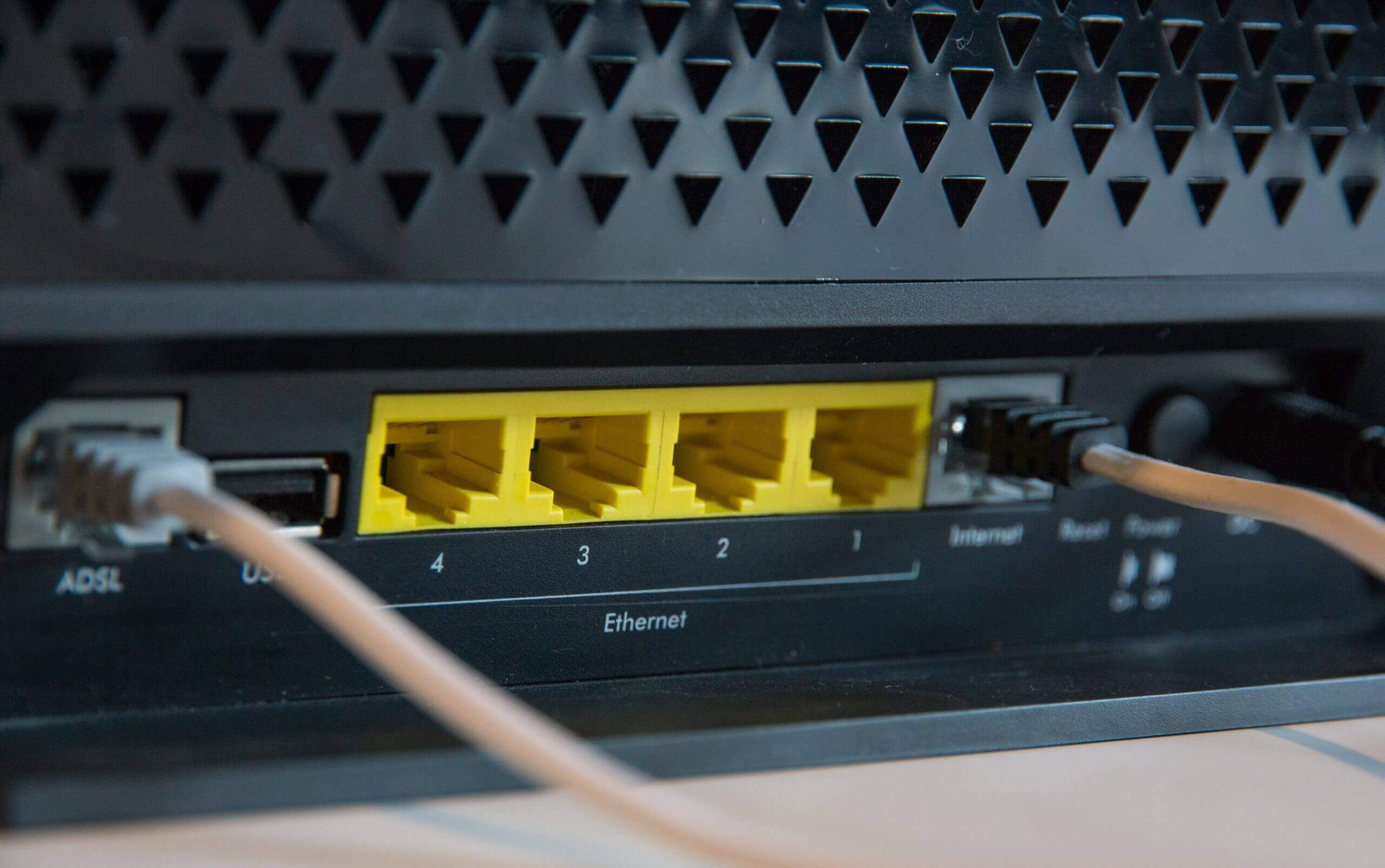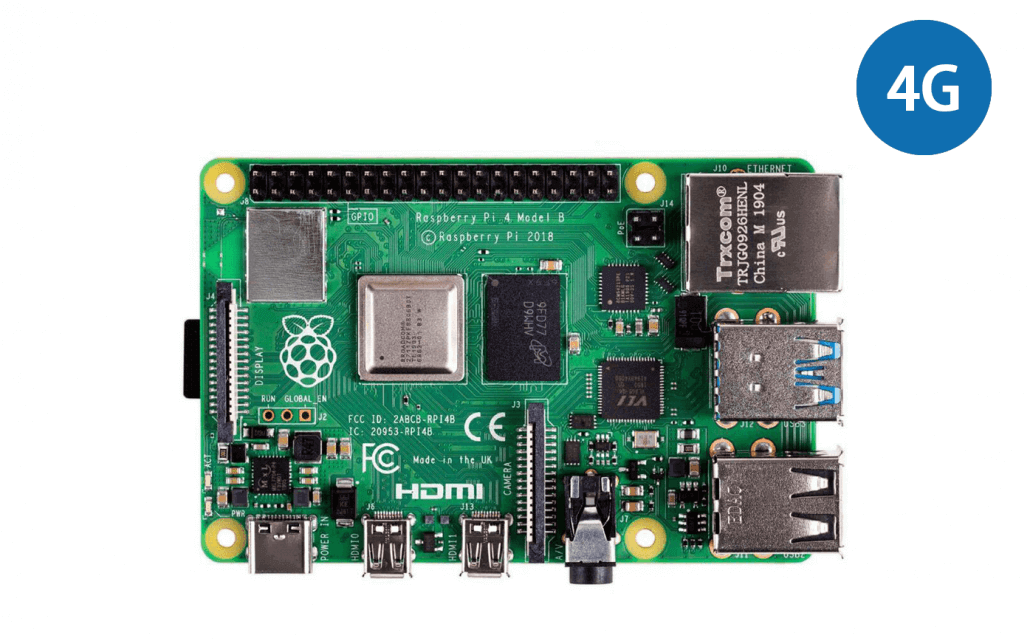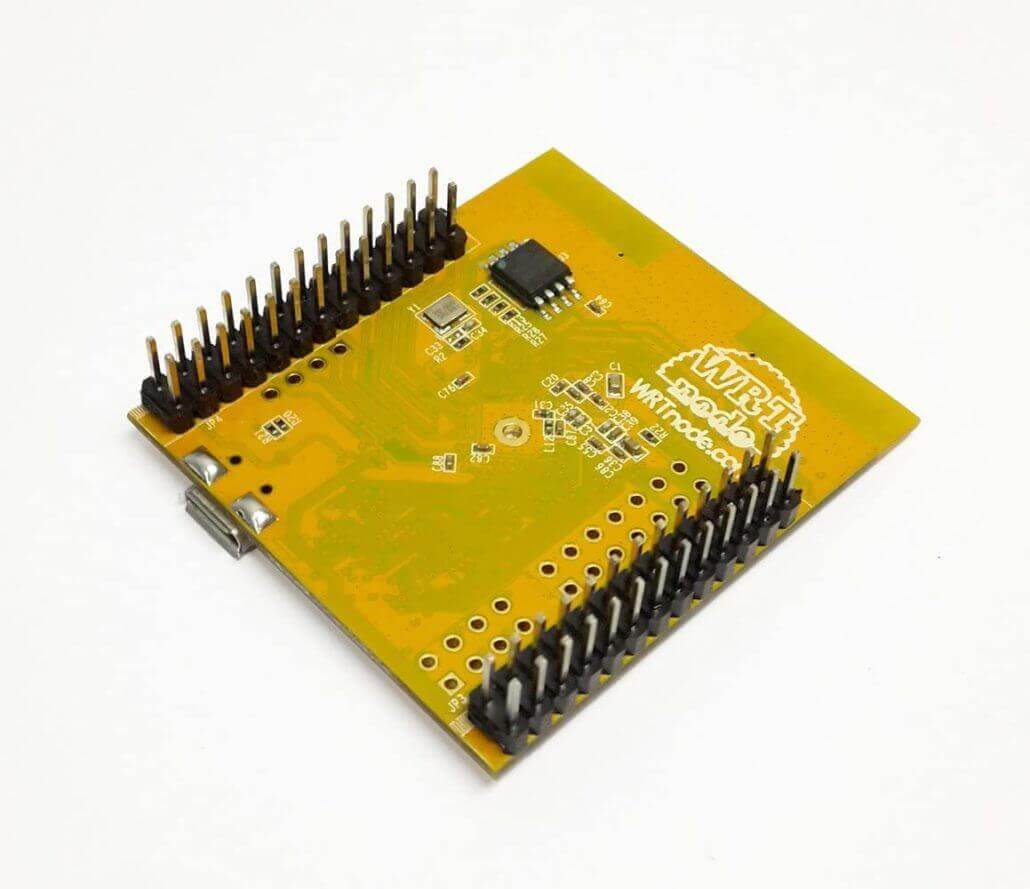OpenWrt for Soft Routers – Why & How to Get Started!
It is no longer uncommon to improve your router with a custom operating system such as OpenWrt. Join us in today’s article to learn about routers and why you should get started with OpenWrt!

What is OpenWrt?
OpenWrt is a free, open-source project for creating custom embedded operating systems for routers. It is open source and based on Linux. The primary benefit offered by OpenWrt is the ability to customise routers to the users’ tastes, usually resulting in superior performance to the router’s stock firmware.
For more information, be sure to visit our previous article on OpenWRT, which also includes the steps to build your very own router.
OpenWrt also shares extensive documentation on their website.
What is a Router and Soft Router?
A router is an embedded device that “routes” or directs traffic between devices in a local network and the internet.
Good routers are important to ensure smooth network traffic even under high loads. They also protect the local network from external cyberthreats, and can even host custom functionality such as additional network services. In IoT applications, we may use a router to establish a local area network or LAN between multiple devices , so that their data can be accessed from a single access point.
Soft router refers to use PCs or servers to cooperate with software such as OpenWRT or pfSense to form a routing solution, developers can set up different functions in the open-source soft router platform. OpenWrt can run on a variety of different types of devices, including CPE routers, residential gateways, smartphones, and pocket computers. In a cost-effective way, OpenWrt is very popular with users of personal computers and laptops, which are most often based on the x86 architecture and Raspberry Pi users.
With the help of open-source projects, most of the free soft routing functions based on Linux/BSD can perform equal/better than commercial router functions. The traditional hard router is a unique hardware device, including a processor, power supply, embedded software, to provide the router function set.
Benefits of OpenWrt
OpenWrt is designed by network professionals and incorporates many recent bufferbloat control algorithms to perform routing. This means that apart from stability, OpenWrt offers reduced latency and increased network throughput. OpenWrt also brings improvements to network security, with frequent updates to close vulnerabilities.
In total, OpenWrt offers more than 3000 packages ready to be installed, easily adding functions to the router, including:
- Blocking advertisements directly on the router
- Encrypting your internet connection for greater privacy
- Setting quotas on download volume or bandwidth
- Creating a guest network to to allow access to internet but not local devices
- Establishing the router as a central for home automation
- Real time network monitoring
- Create Dynamic DNS
- Set Up a VPN client or server
- Run a BitTorrent client from the router
Like other Linux operating systems, OpenWrt is extremely configurable, so you can include only what you want for your router.
Use OpenWrt on Raspberry Pi CM4 based router and ODYSSEY – X86J4125.

Please follow up Seeed wiki Getting Started with OpenWrt on Dual Gigabit Ethernet Carrier Board for Raspberry Pi CM4 and ODYSSEY – X86J4125. Once you Flash OpenWrt Image, you will find The OpenWrt image compiled by Seeed is included with many packages out-of-the-box. So you can use these package to realize many applications!


The network speed we tested is close to 1Gbps.
OpenWrt Projects You Can Try
There are many things that can be done once OpenWrt is installed on your router. Here are our top picks to kick start your custom router adventure!
Build a Multi-Room Synchronous Audio Player with Snapcast and Mopidy
Snapcast is a multi-room client-server audio player extension. With Snapcast, you can use your existing audio player to play perfectly synced audio across different rooms.
Here’s a fun tutorial by misperry on YouTube that you can follow along with!
You can also see the official tutorial to install Snapcast on OpenWrt for more information.
Block Ads with Adguard Home
It’s easy to block advertisements on our computers with a simple browser extension. However, the same can’t be said for our mobile devices, where support from popular adblocking services may be lacking or troublesome to configure. By installing Adguard Home on your router, you’ll enjoy that ad-free experience while on your home network, no matter which device you use!
Visit the tutorial on OpenWrt forums to get started!
Or, Van Tech Corner on YouTube also has an excellent tutorial.
Access Regional Content with OpenVPN
Have you ever wanted to access some content on the internet, only to realise that it isn’t available in your country? Free yourself from client side content filters and internet censorship by configuring OpenVPN on your router. OpenVPN also encrypts your connection to enforce security and privacy.
Find out how with OpenWrt’s OpenVPN tutorial!
For a visual guide, also see these tutorials by Van Tech Corner:
Routers for OpenWrt Projects
With OpenWrt, you can conveniently transform our home network into something far more useful than simply accessing the internet.
Here are two single board computers (SBCs) to get started building your own custom router.
Most Well-Rounded – reTerminal
Powered by a Raspberry Pi Compute Module 4 (CM4), it comes with a 5-inch capacitive multi-touch screen for added versatility! Furthermore, it has a multitude of different interfaces for you to keep things expansible and neat. With a gigabit ethernet port built-in, it will be ideal for your OpenWrt router!
Best for Industrial Application – Raspberry Pi Compute Module 4
The Raspberry Pi Compute Module 4 is made for use in embedded systems. When paired up with the Dual Gigabit Ethernet Carrier Board for the Raspberry Pi Compute Module 4, it comes with two Gigabit Ethernet ports, and dual USB3.0 ports, making it more than ideal for soft router applications. OpenWrt is also natively supported, meaning you can run it without any issues!
Most Popular – Raspberry Pi 4 Computer Model B 4GB

The popular Raspberry Pi 4 needs no introduction. You will find that many tutorials online will use the Raspberry Pi as it is both affordable and accessible to many people. With great support from the Raspberry Pi Foundation and the community, you can build your OpenWrt projects with ease and confidence!
Best For Power – ODYSSEY – X86J4125864
Typical routers are run on relatively less powerful SoCs (system on chips). With the Odyssey x86, you will enjoy unparalleled power on your router to maintain high, steady, and smooth network traffic to your home network..
Best for IoT Prototyping – MT7628 Development Board
The MT7628 Development Board is co-designed by Seeed Studio and MediaTek to run natively on OpenWrt. With a small form factor and support for high-level programming languages, the MT7628 is a powerful yet affordable platform for IoT prototyping.
In addition, it offers a software development kit with tools and utilities for tasks such as configuring the development board, updating board firmware, and installing software.
Suitable for Power IoT Applications – WRTnode

WRTnode features a high performance CPU that is also low in power consumption. This affordable and tiny development board can run OpenWRT, allowing you to easily port additional open source Linux software.
OpenWrt Network Speed Test
These above-mentioned recommendations are only recommended after a series of network speed tests that we have conducted at Seeed! Here at Seeed, we have conducted two speed tests for two different routers, namely the Odyssey X86 and the Raspberry Pi Compute Module 4 (CM4) with a Dual Gigabit Ethernet Carrier Board. Here are the results!
Left: Odyssey X86 OpenWrt Speed Results Right: Raspberry Pi CM4 OpenWrt Speed Results
Both the devices show results of close to a 1Gbit/sec! Find out more about how we conducted our network speed test on our wiki page.
Conclusion
There are countless benefits and uses of OpenWrt in routers. If you are still unsure about what you might want to do, we recommend you to visit the OpenWrt Community Builds, Projects & Packages page for more ideas! Otherwise, once you are ready to unlock the potential of OpenWrt for your home network, head over to our OpenWrt installation tutorial.